Articles

Humanizing Brands: The Impact of User-Centered Marketing
14 de May de 2024
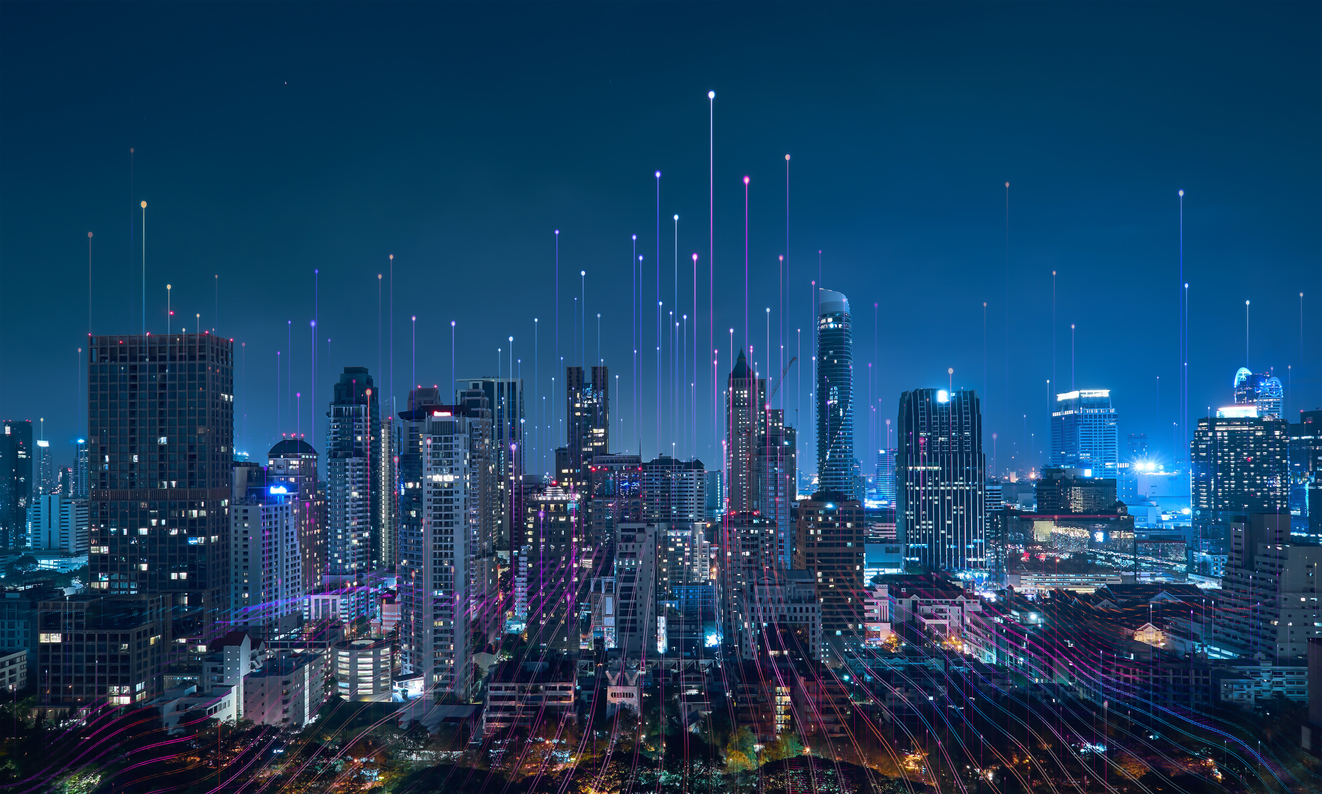
From major cities such as New York and Shanghai to smaller urban centers like Oslo and Heidelberg, cities compete for the coveted title of ‘smart city.’ Their focus lies in leveraging technology to enhance both environmental sustainability and the quality of life of its citizens.
According to the UN, cities contribute roughly 70% of global carbon emissions. With over half of the world’s population residing in urban areas — a number projected to grow — smart cities emerge as a solution to these challenges.
Finding a balance between technology and sustainability is crucial for smart cities, a feat not always easily achieved. In this article, we’ll explore what smart cities entail and the technologies they use, as well as present examples and challenges to help you grasp the concept of smart cities and their role in fostering a more sustainable future.
According to Spain’s National Plan for Smart Cities, a Smart City is “one that adopts information and communication technologies (ICT) for the management of urbanization and its energy resources.” The aim of this initiative is to enhance the city’s efficiency and the quality of life of its citizens, while ensuring sustainable and environmentally respectful development.
Simply put, the city operates as an intelligent system where everything is interconnected and automated to enhance the lives of its citizens and their surroundings. For instance, in Chicago, sensors are installed in lampposts to detect when it’s necessary to illuminate a street based on the detected movement of people and vehicles. This ensures that streets are well-lit when needed while saving energy at the same time.
In their early stages, smart cities were somewhat experimental. At the dawn of the new millennium, only a small group started incorporating technology into public transportation systems to streamline wait times and routes, yet they would rarely integrate it with other services like waste management or energy. Fast forward to 2024, and the picture is completely different.
Information and Communication Technologies (ICT) encompass all technologies involved in managing information and communication, such as data capture, storage, processing, and transfer. They operate as the nervous system of a city, where information is processed and shared to enhance its efficiency.
The Internet of Things (IoT) links everyday devices like lampposts, thermostats, and vehicles to the Internet, allowing them to share data. This technology streamlines how a city adapts to the needs of its residents and enhances resource management efficiency.
Automation in smart cities involves using technology to execute tasks automatically, with minimal or no human intervention. For instance, smart traffic lights adjust waiting times based on traffic flow.
In smart cities, AI is employed to analyze data and make urban systems more efficient. For instance, in San Francisco, artificial intelligence optimizes garbage collection routes to reduce carbon emissions and assists law enforcement in analyzing surveillance camera data to prevent crimes.
What defines the smartest cities worldwide? Well, it’s not a one-size-fits-all answer. Various factors come into play, and different cities excel in different areas. According to Deloitte, smart cities can be built upon various non-exclusive models: environmental sustainability, mobility solutions, effective governance, economic vitality, social well-being, and innovative housing. Yet, the ultimate ‘smart’ city seamlessly integrates all these aspects, striving for maximum efficiency and environmental sustainability.
There are several groups that assess smart cities — among them, the IMD Smart City Index reveals its top 5 picks:
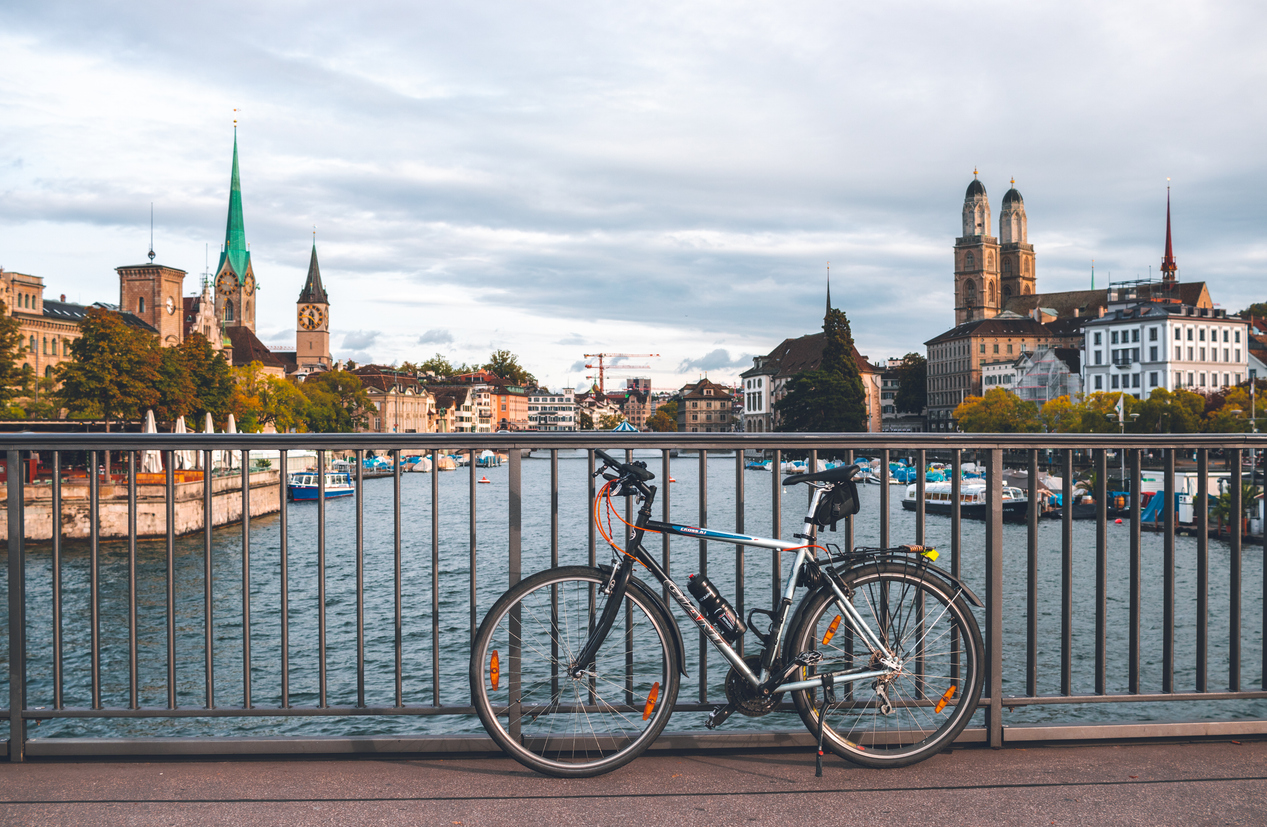
Zurich, Switzerland
Zurich puts the well-being of its citizens first and aims to balance urban development with the protection of local ecosystems. The city invests in digital infrastructure, such as fiber optic networks, and boasts a highly tech-skilled population. Also, as a leading Smart City, Zurich focuses on sustainable waste management, energy efficiency, and digital security while continuously improving its healthcare and education systems to ensure digital inclusion for all residents.
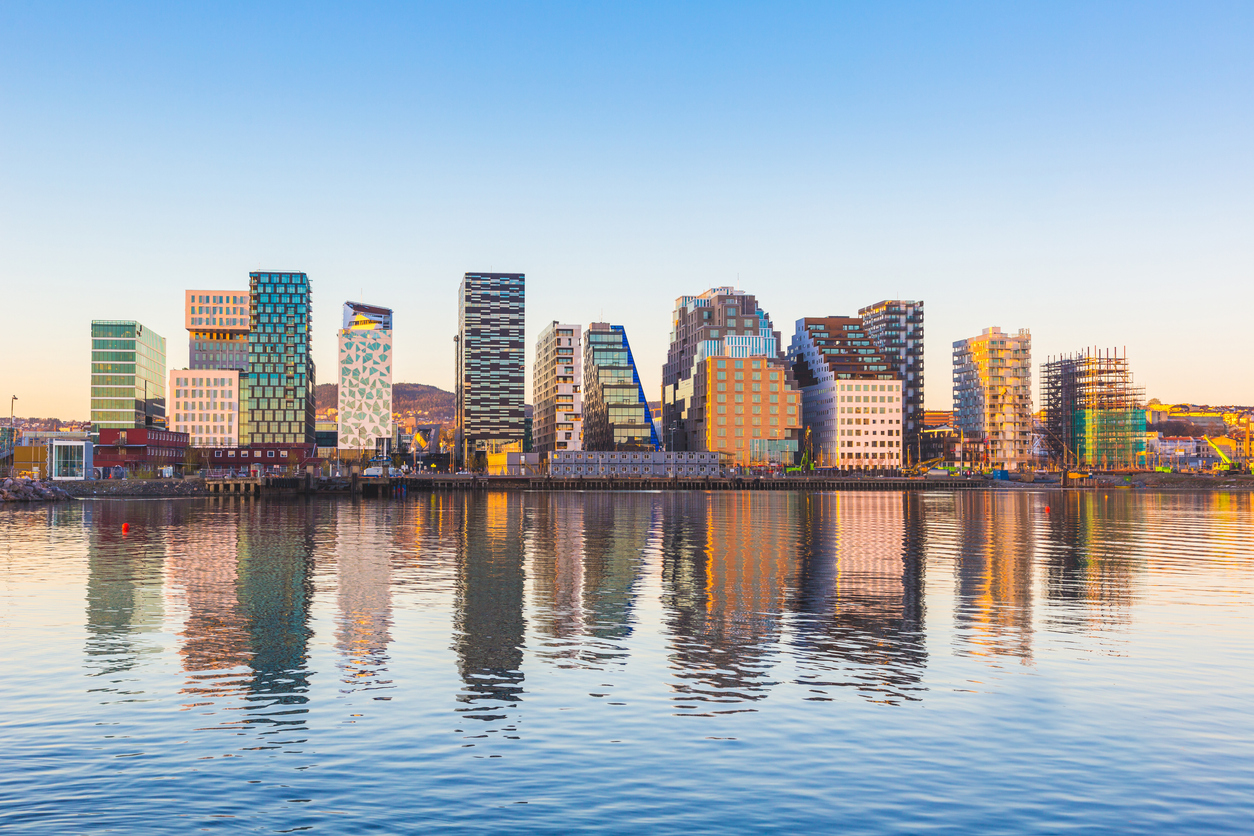
Oslo, Norway
In Oslo, there’s a unique synergy between the public and private sectors, working together to enhance the lives of its residents. Norway’s capital is known for its excellent education, streamlined waste management, and lush green areas. As a smart city, Oslo focuses on reducing energy use and traffic while promoting eco-friendly design, boosting both economic and social growth in the city.

Canberra, Australia
Canberra, the capital of Australia, is renowned for its mobility and sustainability initiatives, along with its abundance of green spaces. In recent years, it has launched several smart city projects, particularly focused on mobility — such as implementing smart tickets and plans for e-scooters. It hs also become the first Australian city to incorporate permanent electric buses, marking a step towards a cleaner public transportation system. Canberra is also enhancing its cybersecurity by establishing several specialized centers.
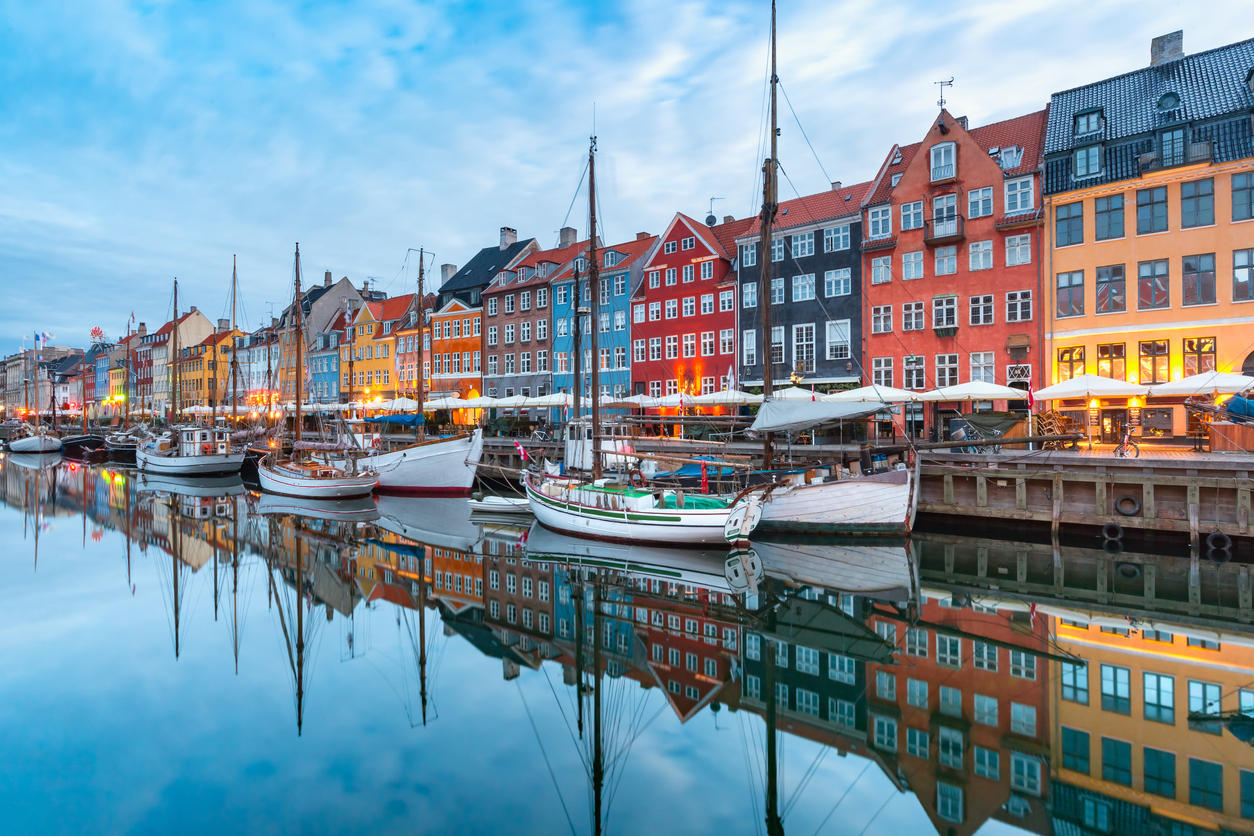
Copenhagen, Denmark
Copenhagen, the capital and largest city of Denmark, is a role model for urban sustainability. The city has focused on adapting public spaces, using renewable energy sources, and developing a sustainable mobility plan. An interesting aspect is that 62% of residents use bicycles to commute to work, which improves air quality. Copenhagen has also invested in wind and solar energy to reduce CO2 emissions. Adding to that, the city uses Big Data and monitoring to coordinate efforts between urban planning and energy departments, aiming to reduce energy consumption by 25% and decrease the city’s water footprint.
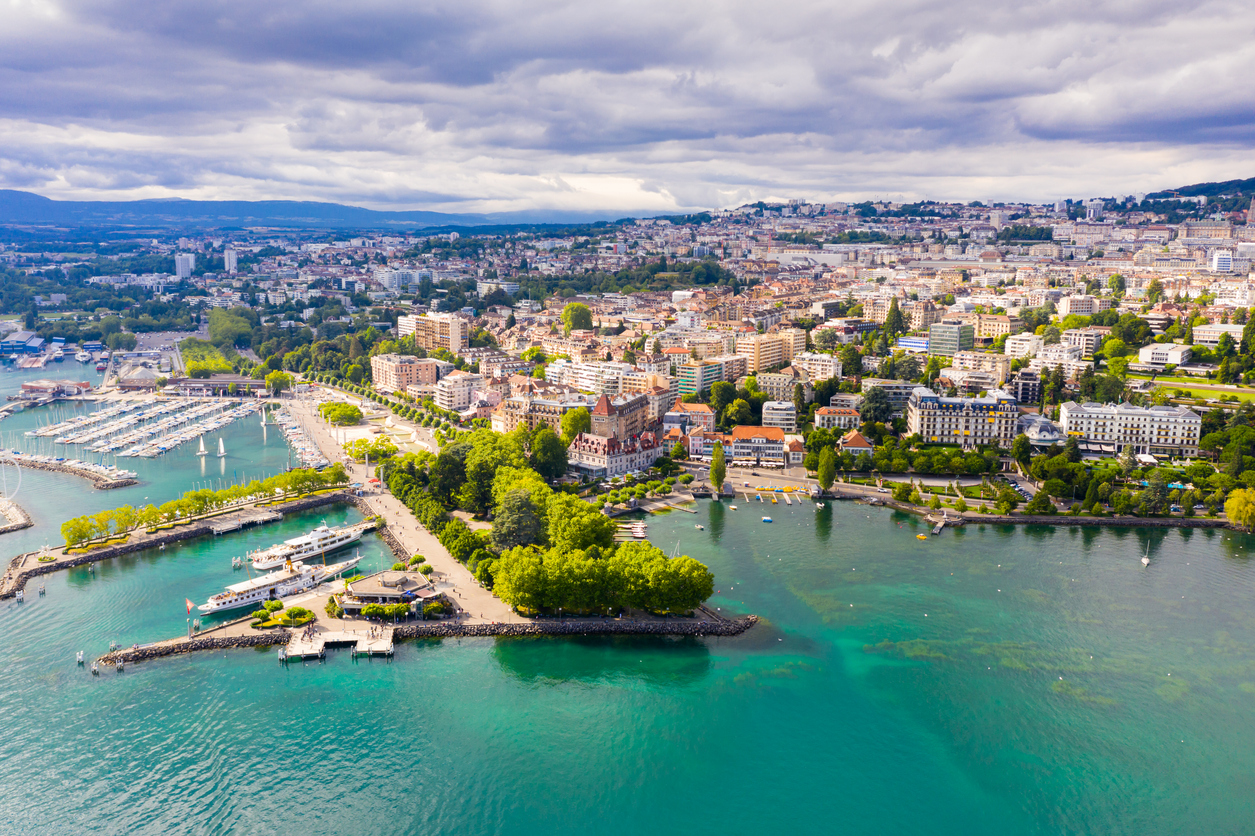
Lausanne, Switzerland
Lausanne is dedicated to enhancing the quality of life for its residents through four key areas: energy, mobility, architecture, and economy. The population, with its high digital literacy and strong technological culture, enables the city to gather data and behavioral patterns to create effective solutions for their needs. Lausanne is also a pioneer in building eco-neighborhoods, which are residential complexes designed from the ground up to meet the strictest environmental and energy regulations.
The Smart City concept is paving the way for technological SMEs and entrepreneurs. In Singapore, the “Smart Nation” initiative has spurred the growth of businesses dedicated to crafting applications and services that enhance transportation and public services through the use of real-time data and predictive analytics.
More and more individuals are choosing to study or venture into the Smart Cities sector. According to a report by market analysis firm Grand View Research, the global Smart Cities market is projected to reach a value of $622.35 billion by 2030, with an annual growth rate of 24.2% from 2022 to 2030. This growth is driven by the rise in urbanization and the need to develop more efficient and sustainable cities.
As we approach 2050, Smart Cities become increasingly necessary. The OECD has cautioned that without decisive actions, economic and demographic growth could have serious environmental and social effects. However, smart cities face significant challenges, particularly in data security and privacy. That’s why efforts are made to seek a sustainable yet secure digital urban environment.
